| The Memory of an Elephant by Sophie Strady, illustrated by Jean-Francois Martin, Chronicle, 2014. France. This larger-than-average book (11"x 14") is the perfect format to explore the the life of Marcel, a very old elephant who lives in a high-rise apartment. From his "breakfast of kings"; which includes bananas, fortune cookies and Jell-o; to his recollections of his life that he is putting down in an illustrated encyclopedia Marcel is charming throughout the entirety of this book. In addition to the story, the book is a delightful work of nonfiction. In addition to 10 pages of facts covering everything from instruments to food, the text has facts sprinkled throughout in boxes. This is a book that can be read many ways to suit a variety of readers. Once you have worked up an appetite there is also a recipe for "La Crepe Marcellet" towards the back of the book. The illustrations are soft, with charcoal-like outlines and shading. Red, blue, and of course grey dominate the pages with pops of yellow for contrast. The illustrations make this book truly delightful, from the expressions on Marcel's face to his animal friends hiding on nearly every page. I have seen this book draw in a second and fourth grader for a full thirty minutes as they explored the text and illustrations. |
|
This is a book for independent readers; from second grade through adults. There are so many facets of the text that can be used in classroom setting, such as the two-page spread on all of Marcel's animal friends or the one-page illustration on architecture. For readers who are not interested in fiction, this book does a lovely job of bringing non-fiction and fiction together. I would recommend this book to anyone who likes an interesting story, anyone who likes quick facts, and (of course) animal lovers. While it is true that I have a soft spot for elephants, I believe this book will charm you too.
This book is a quick read that offers an opportunity to discuss the life and culture of an American teen. As a piece of historical fiction, the text offers glimpses into living in an urban war zone. In the classroom the text could be used as a springboard to discuss current political global affairs, or the global situation in the the mid 1980's, or as a writing exercise (what would Faten's life be like as a teen in Lebanon today?). It could also be useful to discuss the aspirations of the teen students and how they feel about Faten's choices.
It's no secret that I love my lady friends. They cheer me up when I am down, they are always down for an adventure or an unscheduled drink, and they offer to assault people with porcupines when I'm having a rough day. If 14 year old me could see all the lady friends I have today, she would not believe it. I'm not a girly-girl, so it took a while to find the women who could love me even though I frequently wear the "wrong" shoes and often go places in paint-spattered pants. I might not read Vogue, but I can fix your dryer and bake you a flourless chocolate cake, so I've got that going for me. Tomorrow is Galentine's Day--brought to us by Amy Poehler and the fabulous writers at Parks & Rec. It's a day to celebrate your awesome lady friends. And brunch. If you didn't get your lady friends anything, don't worry. You can download the images I made and use them to tell your friends how you feel. Have a great Galentine's Day, everybody! I also turned them into PDFs if you prefer them that way.
I have been working on a few projects in the studio and I thought I would share. Over the winter break I learned a new bookbinding technique and I have been making books for a variety of uses. (Mostly I have been making books to make books) Up next I will be making small books (4"x 4") and then I'm going to try my hand at triangle books. TRIANGULAR BOOKS, people! I'm pretty jazzed about the whole thing.
And I have been working on lettering and flourishes in watercolor.
In anticipation of Galentine's Day, I am making a few cards. You can check in later to see what I mean...(hint hint) I'm not saying I'm the best friend, but I'm pretty good at being a good friend.
1. Focus on the similarities of the cultures before you look at what's different. Do the kids go to school? What holidays do they celebrate? (Just about every culture celebrates the New Year, even if it doesn't fall on December 31!)
2. Take a look at the food! Food is always a nice way to introduce kids to a new place. And please don't start with the weird stuff--how would you feel if someone started their exploration of America by passing out Rocky Mountain oysters? 3. Find a real-life person who has either lived in that country or is from that country. You can look into contacting embassies, multicultural student groups at universities, or the World Association of Girl Guides and Girl Scouts (WAGGS) Facebook page. 4. Get books from the library that are written for your Scouts' grade level. Books written for elementary aged kids usually have great pictures. 5. Look at the art that comes from the country. Talk about how it was made and see if you can recreate it. And above all, encourage the girls to talk about what they like (rather than focus on what they dislike). The purpose here is to introduce them to the world beyond in a way that encourages curiosity and promotes exploration. There is more information on World Thinking Day on the Girl Scouts webpage.
The list of resources is by no means complete! I have chosen six websites that have clear instructions, a variety of projects for a variety of ages and one YouTube channel that explores why things happen.
Up first we have PBS LearningMedia! This is a storehouse of video clips owned or licensed by PBS. It covers science, social studies, math, and English language arts. There is a drop-down menu at the top that allows you to sort by grade range and subject. This would be an excellent place to learn scientific concepts and spark ideas for projects. Next is TinkerLab! This site is for making stuff--all kinds of stuff. Science Experiments are all to be found in the drop down menu on the front page. They range from simple (rock candy experiment) to complex (Makey Makey kits), but they are all feasible and sure to spark a kid's imagination. Museum of Science & Industry, anyone? If you live anywhere near Chicago, you should be familiar with the Museum of Science and Industry. But did you know that the website has activities and how-tos? You can learn how to build an electric motor! Everybody likes a buddy, and this time of year we need a Science Buddy! You can use the selection wizard tool to help you narrow down your options or pick a project with a kit. The projects are broken down by subject area: physical science, life science, engineering, behavioral and social science, earth and environmental science, math and computer science, and special collections. Additionally there is a section on "science careers" which lists different careers in the aforementioned fields and gives a synopsis of the career, what education is required, and science projects related to that career. Warning: this website has the potential to suck you in for hours! Let's not forget Education.com! Education.com covers a wide variety of subjects for kids grades K-12. The Science Fair section can be broken down by field of study or by grade range. You have the option to become a member (not necessary unless you are REALLY into worksheets) but the science fair section is accessible to non-members. The projects are interesting and varied--there is something there for everyone. My complaint is that there are a million ads on the site, which occasionally slow down the load time of the page. You've heard of Make Magazine, right? Make Magazine has brought us Maker Faires and celebrates the people who MAKE things. There are a variety of projects on the website, some are elementary-age appropriate and some are high-school level (after experience with hand tools and/or electricity). I like Make because it showcases human ingenuity and people who want to share their ideas and discoveries with you. Lastly, there is Veritasium, a YouTube channel that explores the world around us through the lens of science. Don't discount YouTube as a learning tool! There are a lot of really smart people demonstrating how amazing the world we live in can be. I may have to do a whole post on YouTube for learning--because there is some seriously amazing stuff happening over there. Do you have a favorite online science resource? What did I forget? What should I know about? Fill me in, people!
The cast of animals should be mostly familiar to young readers: jackal, crane, fish, turtle, squirrel, cat, peacock, elephant, and a tailor bird. The text inside the story provides excellent vocabulary-enriching opportunities.
The illustrations are large enough to make this book work for storytime. It is flexible enough to work for a variety of themes: eating, books with singing, new twists on old tales, and stories from India to name a few. With this book you could also incorporate making predictions, clapping to the song, waving scarves to the song, and readers could read the sound effects which are in white text. Extension activities can be art-based (you knew I was going to go there, right?) For older children, you can show them how the illustrations were made and then provide them black paper and white paint to create their own animals. For younger children, you could show them how the artist uses patterns to decorate the animals and have them draw and decorate animals. Both of these activities will allow them to use their pencil-holding muscles and encourage them to make text-to-self connections. Have you seen the quote that says "You have the same amount of hours in a day as Beyonce"? Once I saw it I felt super-motivated to look at how I spend my time. I'm not sure how many hours a day the super-prolific star spends sleeping, but I need a solid 8 to be of any use to anyone. That gives me 16 hours in which to do something. I'm not a huge TV person (most of my watching happens on weekend nights via Netflix) so I don't really have to worry about that getting in the way. I read a lot, which I consider a worthwhile use of time--anywhere from 2-4 hours a day you will find me in a book. And then there is time spent making meals and eating...let's call that 3 hours. And lastly there is school work, Girl Scout prep, and yoga. Conservative estimate of my time still available to me: 3 hours a day. That's A LOT of time, yet somehow I feel like I have no time. Which is a shame, because I have all these great ideas that I want to share with you. This semester I am taking a class that is going to Bologna, Italy for the Children's International Book Fair (where rights to books get bought and sold.) The Fair at Bologna is kind of a big deal--it's where Scholastic bought the rights to print and distribute Harry Potter. As prep for the trip we are reading books that were originally published outside of the United States. I am a lover of picture books and can spot an international picture book from 50 paces--the art and narrative sensibility are different than American published books (and, confession: I love the slightly off-kilter feeling of reading a book from elsewhere). So far I am halfway through the reading list, and I cannot pick a favorite. The trouble with being a bibliophile is that the books I dislike are few and far between. Here are is what I have read so far and how I think you could use them in your classroom or in the library! The Bathing Costume: Or the Worst Vacation of My Life by Charlotte Moundlic, illustrated by Oliver Tallec, Enchanted Lion, 2013. France.
This is an excellent example of narrative to be used with middle grades. It could be used to start a memoir project, or to talk about the interaction between text and illustration. In the library it would work as a display book for summer, or for conquering fear, or for family. You could also use it as an example for a teen or tween creative writing group.
|
Kara DeCarloVisual artist & librarian. Categories
All
Archives
March 2024
Categories |
||||||||||||||||||||||||||||
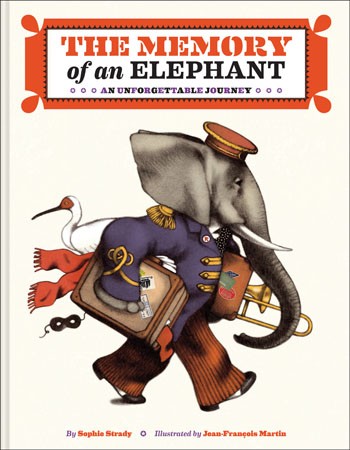
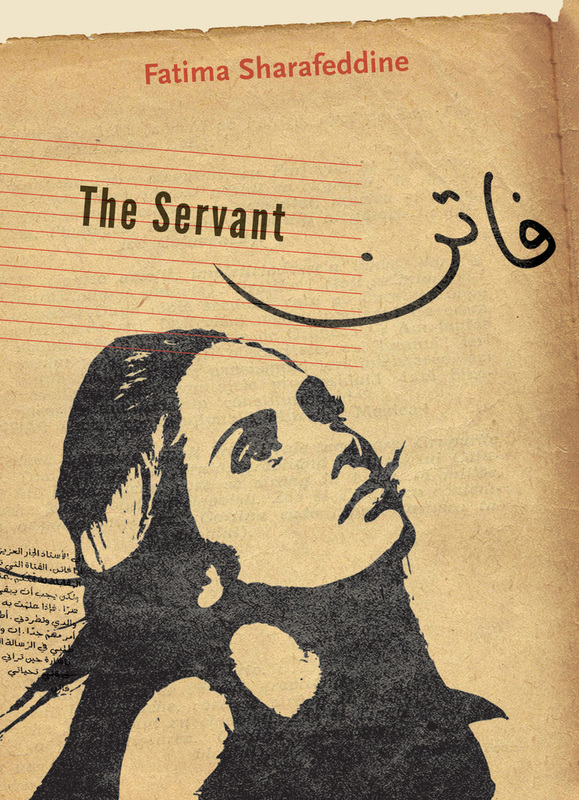
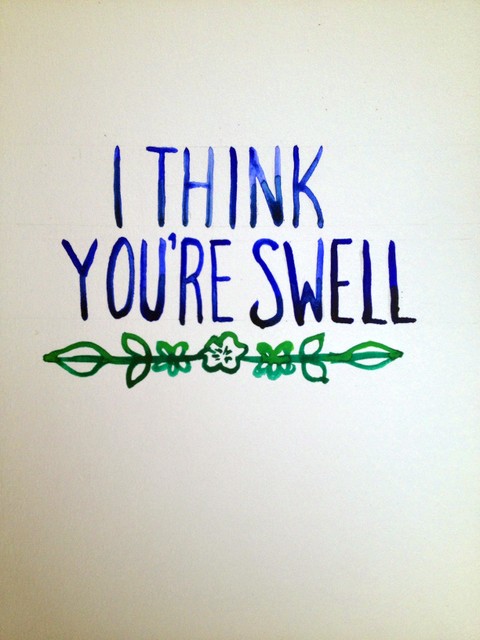

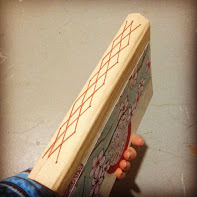
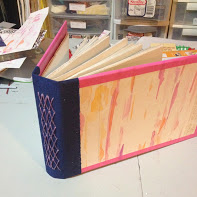
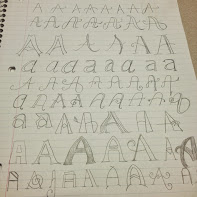
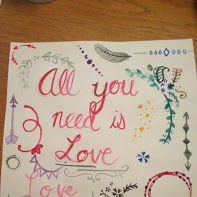
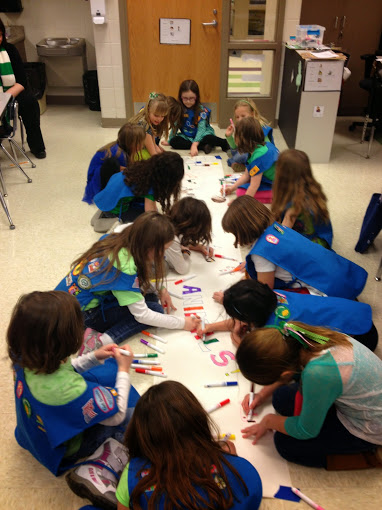
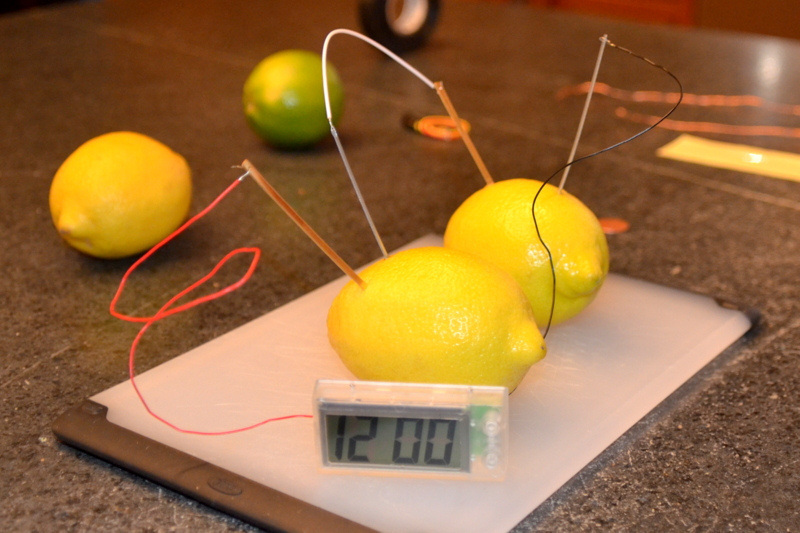
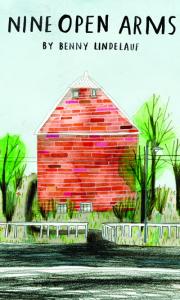
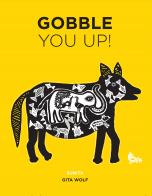
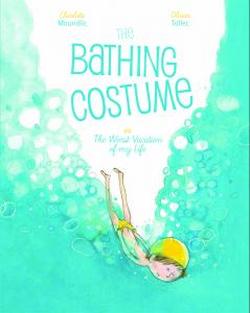
 RSS Feed
RSS Feed